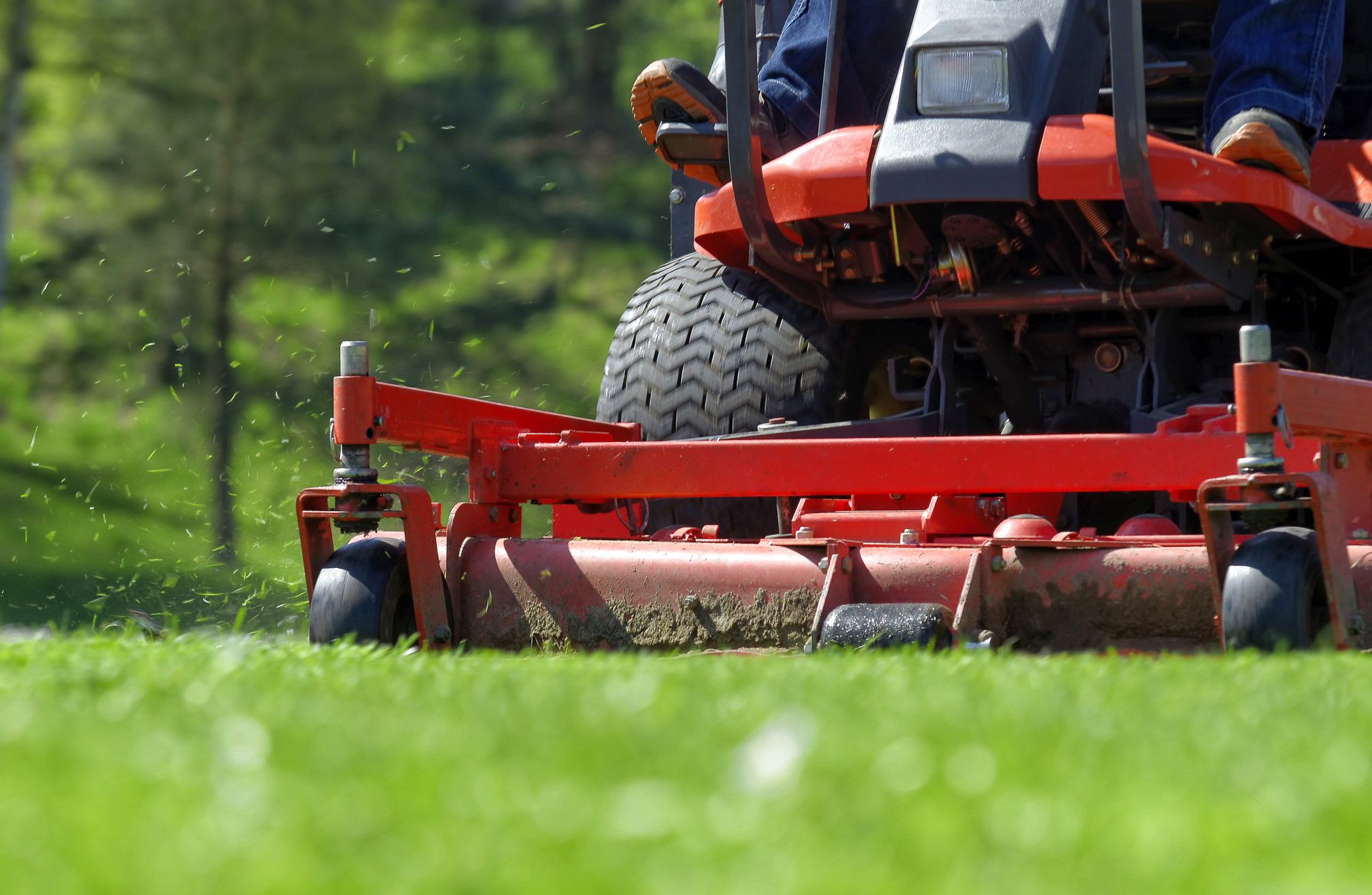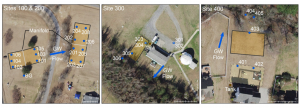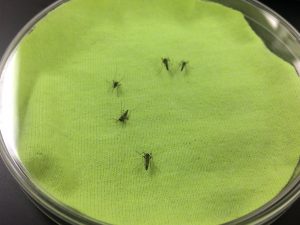Balanay JG, Kearney GD and Mannarino AJ* (2016). Noise Exposure Assessment among Groundskeepers in a University Setting: A Pilot Study. Journal of Occupational and Environmental Hygiene 13(3): 193-202.
Abstract
Approximately 870,000 U.S. workers are employed as landscaping and groundskeeping workers who perform various tasks and use a variety of tools that expose them to high noise levels, increasing their risk to noise-induced hearing loss (NIHL). Several studies on noise exposure and NIHL in other job sectors have been published, but those on groundskeepers are very limited. This study aims to characterize the noise exposure of groundskeepers. Participants were monitored over their entire work shift for personal noise exposure by wearing noise dosimeters at shoulder level, 4 in from the ear. Using two different dosimeter settings (OSHA and NIOSH), the time-weighted averages (TWAs) and 1-min averages of noise exposure levels in decibels (dBA) were obtained. The participants were also asked to fill out an activity card daily to document their tasks, tools used, location and noise perception. Sound pressure levels (SPLs) produced by various groundskeeping equipment and tools were measured at full throttle near the ear of the operator using a sound level meter. These measurements were used to assess worker noise exposure profiles, particularly the contributing source of noise. The overall mean OSHA and NIOSH TWA noise exposures were 82.2±9.2 (range of 50.9–100 dBA) and 87.8±6.6 dBA (range of 67.2–102.9 dBA), respectively. Approximately 46% of the OSHA TWAs exceeded the OSHA action limit of 85 dBA. About 76% of the NIOSH TWAs exceeded 85 dBA, and 42% exceeded 90 dBA. The SPLs of equipment and tools measured ranged from 75– 106 dBA, most of which were at above 85 dBA and within the 90–100 dBA range. Hand-held power tools and ride-on equipment without enclosed cab may have contributed significantly to worker noise exposure. This study demonstrates that groundskeepers may be routinely exposed to noise levels above the OSHA and NIOSH exposure limits, and that the implementation of effective hearing conservation programs is necessary to reduce their risk to NIHL.
*Adam Mannarino is a 2015 graduate of our MS Environmental Health program.



